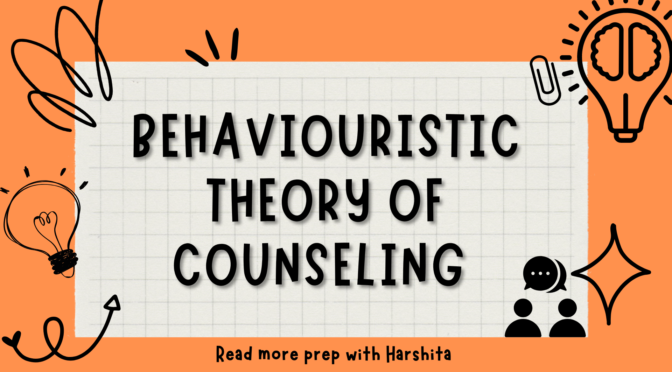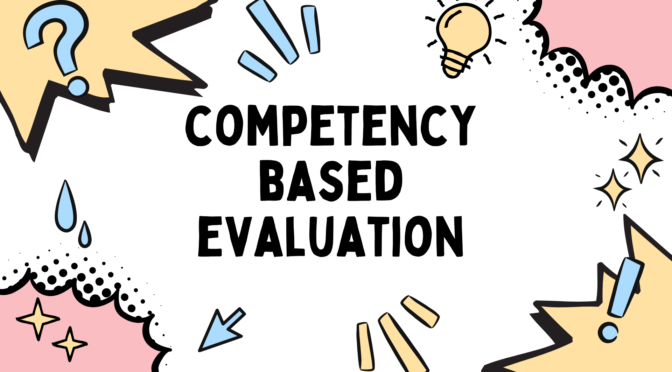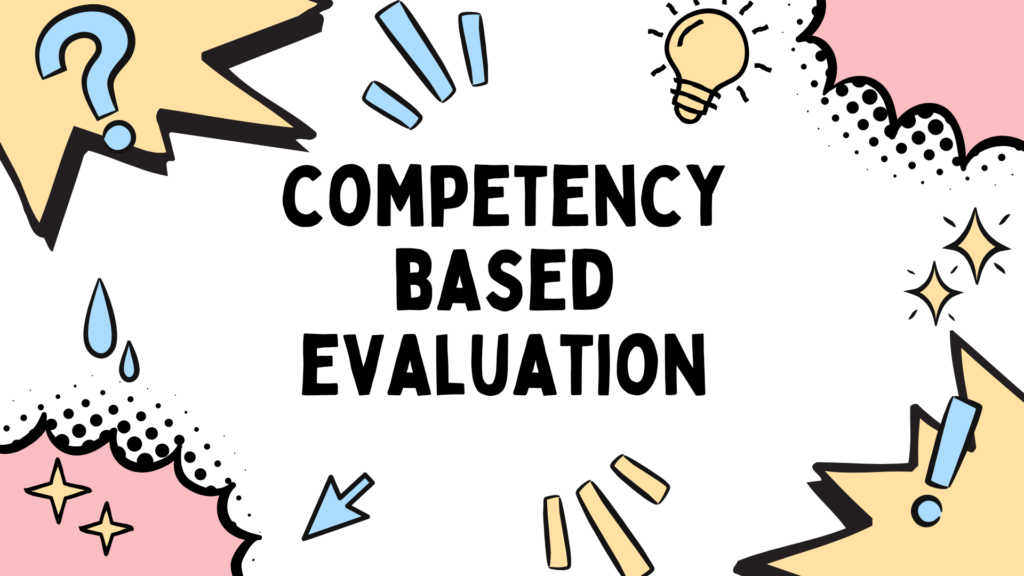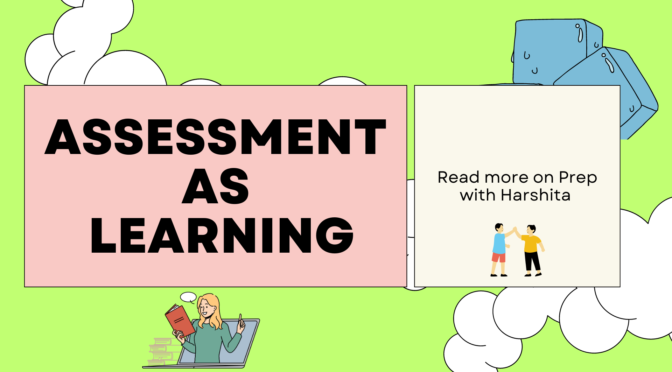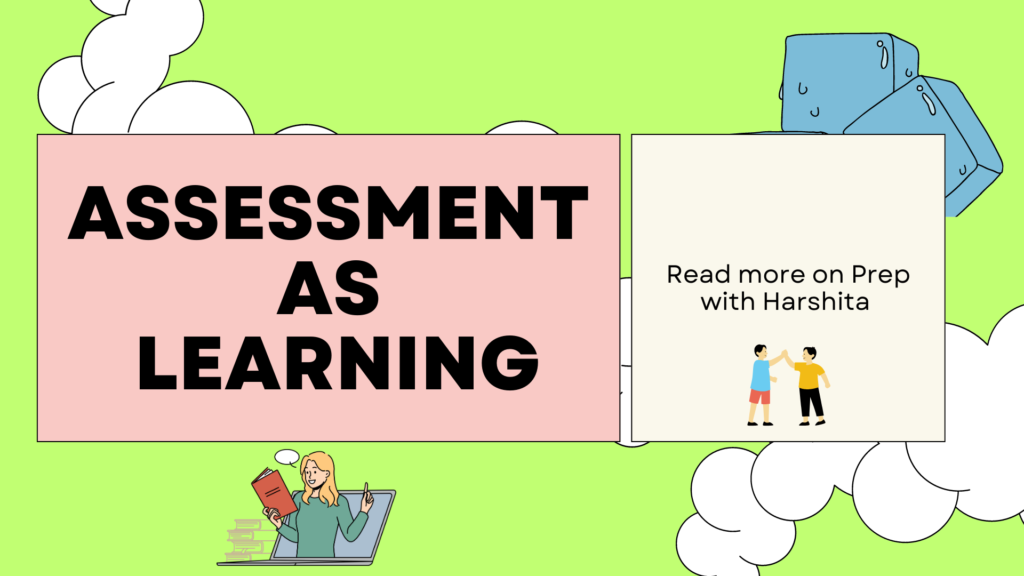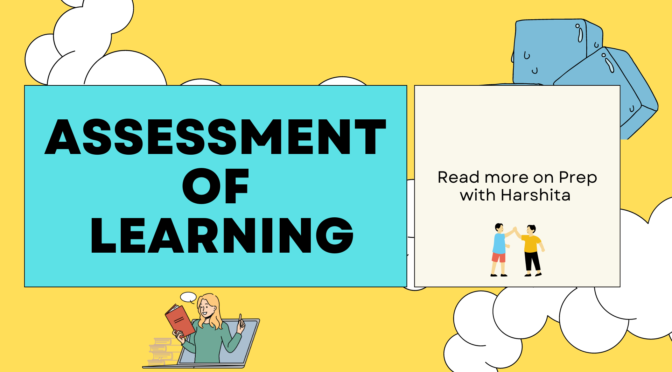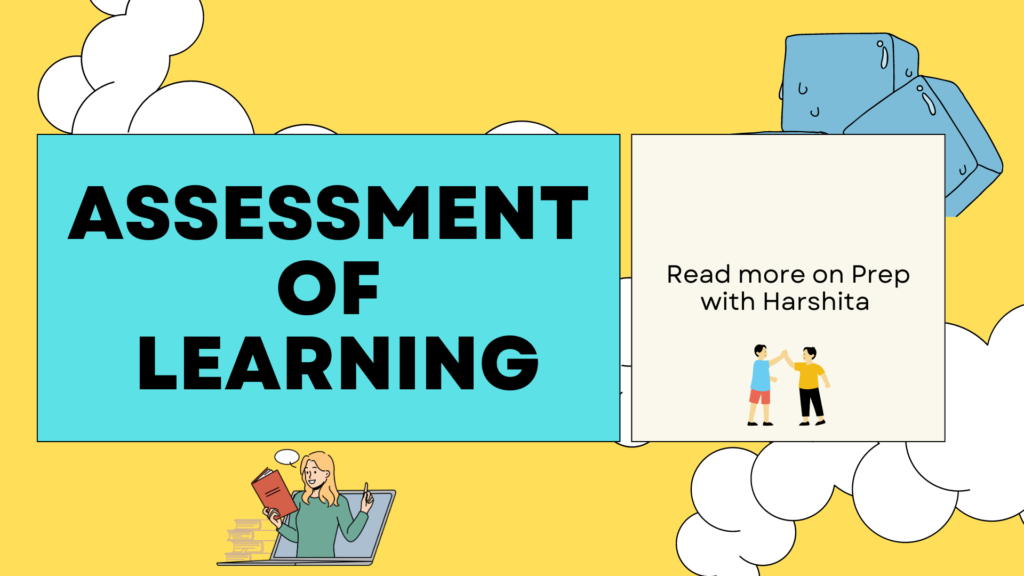The behaviouristic theory of counseling, also known as behavior therapy or behaviorism, is a psychological approach that focuses on observable behavior rather than internal mental processes.
It is based on the principles of learning theory and emphasizes the role of the environment in shaping behavior. The behavioristic theory aims to understand and modify problematic behaviors through systematic interventions and reinforcement.
Key Concepts of this Theory:
- Conditioning: Behavioristic theory places significant emphasis on the processes of classical and operant conditioning as the mechanisms through which behavior is learned and changed.
- Classical Conditioning: This type of learning occurs when a neutral stimulus becomes associated with a naturally occurring stimulus, leading to a conditioned response. For example, if a person with a phobia of dogs is repeatedly exposed to dogs in a safe and controlled environment, they may gradually learn to associate dogs with positive experiences, leading to a reduction in fear.
- Operant Conditioning: This type of learning focuses on the consequences of behavior. Behaviors that are followed by positive consequences (rewards or reinforcements) are more likely to be repeated, while behaviors followed by negative consequences (punishments) are less likely to be repeated. The principles of operant conditioning are often used in behavior modification techniques.
- Behavior Assessment: Behavioristic counselors typically conduct a thorough assessment of the client’s behavior to identify specific problem areas and the factors that contribute to them. This assessment may involve observation, interviews, and the use of standardized behavior rating scales or other assessment tools.
- Behavior Modification Techniques: Behavioristic theory utilizes a variety of techniques to modify behavior and promote positive change:
- Positive Reinforcement: Reinforcing desired behaviors with rewards or positive consequences to increase the likelihood of their occurrence. For example, praising and rewarding a child for completing their homework on time.
- Negative Reinforcement: Removing aversive stimuli or unpleasant consequences following the occurrence of a desired behavior to increase the likelihood of its recurrence. For instance, removing a chore from a child’s responsibility after they consistently follow household rules.
- Punishment: Applying aversive consequences following unwanted behaviors to decrease the likelihood of their recurrence. However, the use of punishment is generally cautioned, as it can have unintended negative effects and may not effectively promote long-term behavior change.
- Extinction: Withholding reinforcement for unwanted behaviors to decrease their frequency. If a behavior is no longer rewarded or reinforced, it is likely to decrease over time.
- Behavioral Skills Training: Counselors using behavioristic theory often focus on teaching clients specific skills and techniques to address their problems. This may involve teaching assertiveness skills, relaxation techniques, problem-solving strategies, or social skills to improve interpersonal interactions.
- Goal Setting: Collaboratively setting clear and measurable goals is an essential component of behavioristic counseling. These goals provide a target for behavior change and serve as a basis for evaluating progress and success.
- Systematic Desensitization: This technique is often employed to address phobias and anxiety disorders. It involves gradually exposing the client to the feared situation or stimulus in a controlled and systematic manner, while simultaneously teaching relaxation techniques. Over time, the anxiety response is reduced, and the client learns to respond differently to the previously feared stimulus.
It’s important to note that behavioristic theory, while focusing primarily on observable behavior, does not entirely disregard internal processes or emotions. However, it places less emphasis on them compared to other counseling approaches such as cognitive-behavioral therapy (CBT). Behavioristic theory is widely used in various settings, including clinical psychology, counseling, education, and behavioral medicine, and it has shown effectiveness in addressing a range of behavioral issues and disorders.
Uses of this Therapy:
- Behavioral Disorders: Behavioristic theory is often used to address and treat various behavioral disorders, such as attention-deficit/hyperactivity disorder (ADHD), oppositional defiant disorder (ODD), conduct disorder, and disruptive behavior disorders. It focuses on identifying problematic behaviors, understanding the factors that maintain them, and implementing interventions to promote positive behavior change.
- Phobias and Anxiety Disorders: Behavioristic techniques, such as systematic desensitization and exposure therapy, are widely used to treat phobias and anxiety disorders. These methods involve gradual exposure to feared situations or stimuli in a controlled and supportive environment, helping clients reduce their anxiety response and develop new behavioral responses.
- Substance Abuse and Addiction: Behavior therapy has proven effective in treating substance abuse and addiction. It focuses on identifying triggers and reinforcing positive behaviors while extinguishing drug-seeking behaviors. Techniques like contingency management, where positive incentives are provided for drug-free behaviors, are often utilized.
- Behavior Management in Children: Behavioristic approaches are widely used in working with children who exhibit challenging behaviors, such as aggression, tantrums, or non-compliance. These approaches involve identifying antecedents and consequences of behaviors, implementing behavior modification techniques, and teaching parents and caregivers strategies to reinforce positive behaviors.
- Habit Reversal: Behavior therapy is useful in addressing unwanted habits, such as nail-biting, hair-pulling (trichotillomania), or skin-picking (excoriation disorder). It involves increasing awareness of these habits, implementing competing responses, and utilizing reinforcement strategies to replace the unwanted behaviors.
- Weight Management: It is often used in weight management programs to promote healthy lifestyle changes. Also to address behaviors related to overeating or sedentary behavior. It focuses on identifying triggers, implementing self-monitoring, setting achievable goals, and using reinforcement techniques to support behavior change.
- Behavioral Medicine: Behavioristic approaches are utilized in the field of behavioral medicine to address health-related behaviors, such as smoking cessation, adherence to medication or treatment regimens, and lifestyle changes for chronic conditions like diabetes or hypertension.
- Social Skills Training: Behavior therapy is effective in improving social skills and interpersonal interactions. It involves teaching individuals appropriate social behaviors, communication skills, problem-solving strategies, and assertiveness techniques to enhance their relationships and interactions with others.
- Stress Management: Behavioristic techniques, including relaxation training and behavior modification, are commonly used in stress management programs. Clients learn coping skills and relaxation techniques to manage stress responses effectively and modify stress-related behaviors.
It is important to note that behavioristic theory is often integrated with other therapeutic approaches, such as cognitive-behavioral therapy (CBT), to provide a comprehensive and individualized treatment approach. The specific applications and techniques used will vary depending on the client’s needs and the expertise of the counselor.
Also Visit: Prep with Harshita
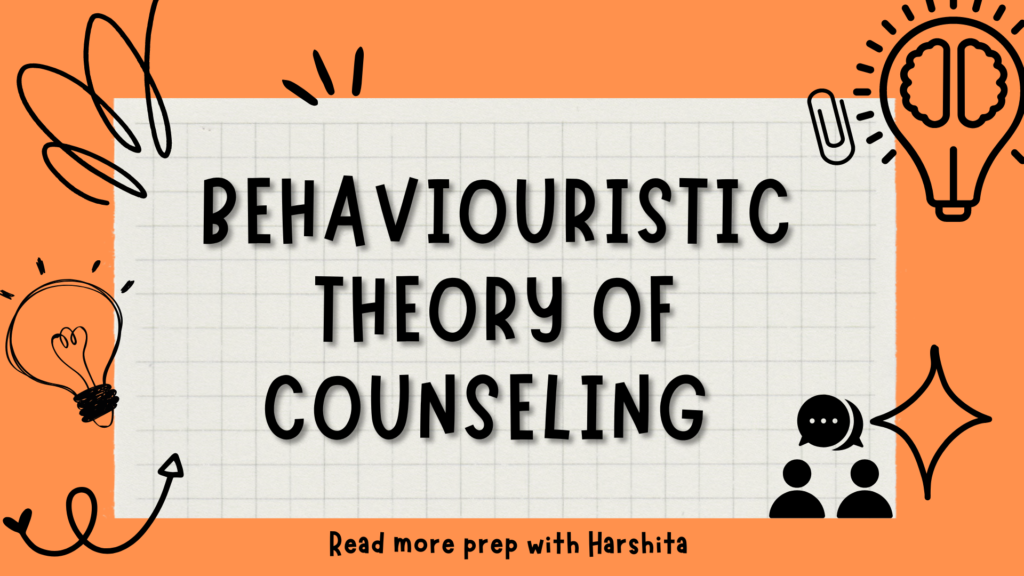
Also Read: Functions of a Counselor

